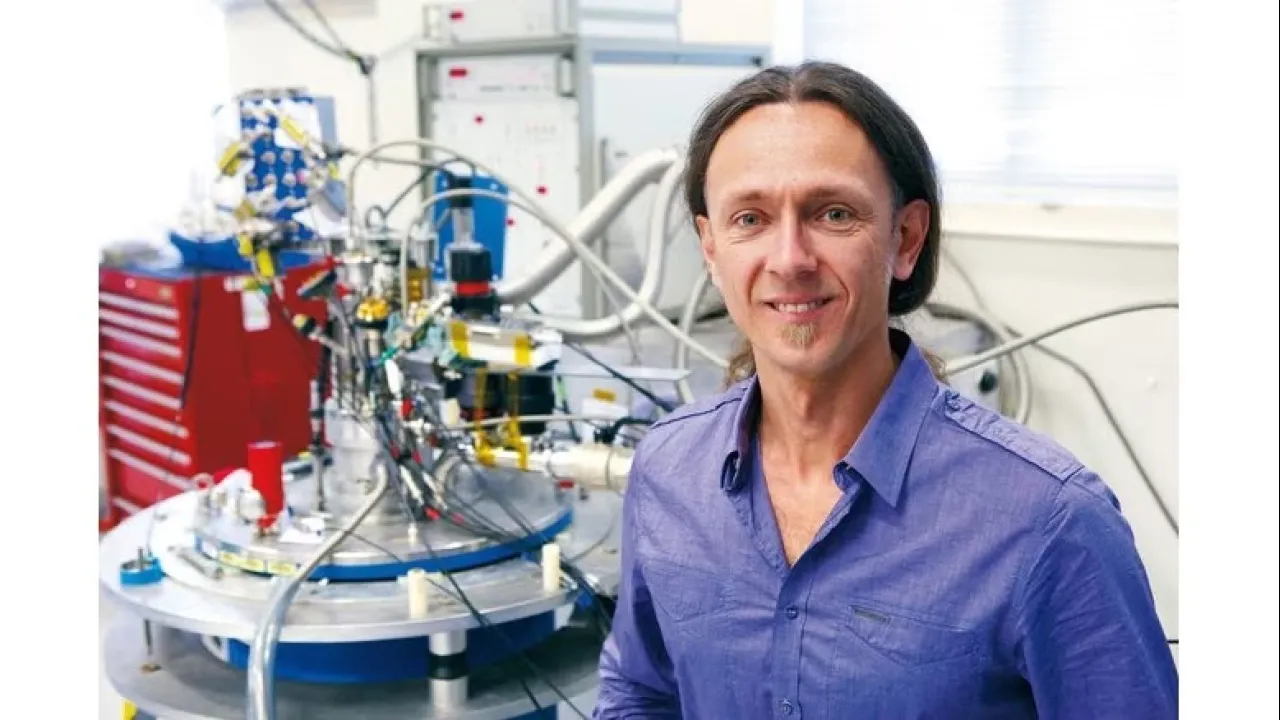
CEMSE Tutorial in Quantum Computing
With the end of the Moore’s law, it became imperative to find new principles for computing that can avoid the current physical limitations. Among the promising approaches is Quantum Computing which has resulted in substantial national investments in research and development in this area by many nations. This first tutorial is designed to target scientists, engineers and mathematicians who are interested in this rapidly growing field but have not yet invested enough time in learning about it.
Overview
Refreshments: Will be provided.
Abstract
With the end of the Moore’s law, it became imperative to find new principles for computing that can avoid the current physical limitations. Among the promising approaches is Quantum Computing which has resulted in substantial national investments in research and development in this area by many nations. This first tutorial is designed to target scientists, engineers and mathematicians who are interested in this rapidly growing field but have not yet invested enough time in learning about it. The tutorial will start by reviewing the fundamentals of quantum mechanics, mathematical description of quantum two level systems (qubits) with examples. It will proceed to cover quantum logic gates and circuit-based versus adiabatic quantum computing. In the afternoon, more time will be spent on the physical implementations of Quantum Computers focusing on the physical methods for realizing qubits. Topics will include quantum dots; spin qubits, transmon qubits and flux qubits. The D-Wave adiabatic quantum computer will be presented as a case study.
Brief Biography
Prof Morello’s is the Scientia (Distinguished) Professor of Quantum Engineering at the University of New South Wales (UNSW) in Sydney, Australia. His background is in condensed-matter physics and electrical engineering, with a long-standing interest in the quantum dynamics of spins in nanostructures. He started his research career at the Grenoble High Magnetic Field Laboratory in 1998, investigating the magnetic phase diagram of high-Tc superconductors, then obtained a PhD from the Kamerlingh Onnes Laboratory in Leiden in 2004, where he did pioneering work on the quantum dynamics of the of molecular nanomagnets at low temperatures. After two years at the University of British Columbia, he joined UNSW Sydney in 2006. Prof Morello’s group was the first in the world to achieve single-shot readout of an electron spin in silicon, and the coherent control of both the electron and the nuclear spin of a single donor, all published in Nature. His single-atom qubits hold the records of coherence time and violation of Bell’s inequality in the solid state. Prof Morello also develops ideas and theories to demonstrate multi-qubit logic gates and scalable quantum computer architectures, and to shed light on foundational aspects of Quantum Mechanics. In addition to his research in Quantum Computing, Prof Morello is a keen educator and popularizer of quantum science. He has appeared in three video series on YouTube with over 9 million views, and has developed an extensive curriculum of Quantum Engineering graduate and undergraduate courses. Recognitions 2017: Fellow of the Royal Society of NSW; Pollock Memorial Lectureship winner 2016: Fellow of the American Physical Society (FAPS); inaugural recipient of the Rolf Landauer and Charles H Bennett Award in Quantum Computing 2014: NSW Science and Engineering Award for Emerging Research 2013: Malcolm Macintosh Prize for Physical Scientist of the Year (Prime Minister’s Prizes) 2011: Eureka Prize for Scientific Research.
Tutorial Agenda
View Tutorial Agenda.